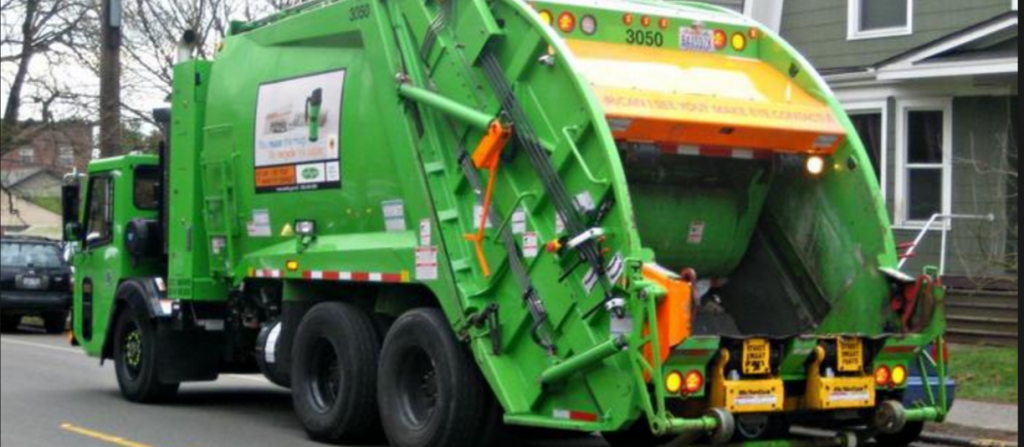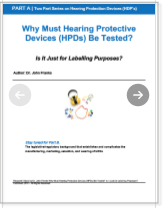Custom Protect Ear (CPE) contributes to $18,000 worth of donations to Fort McMurray Wild Fire Destruction
Surrey, British Columbia, Canada, July 5, 2016
Custom Protect Ear is proud to contribute to $18,000 worth of funds to the Fort McMurray Wildfire Destruction in Alberta. Raging fires wreaked havoc on the city of Fort McMurray, Alberta in the month of May, 2016. Starting May 1st the fire was estimated to cover 589,995 hectares after raging through Northern Alberta and into Saskatchewan destroying approximately 2,400 homes and buildings.
CPE, being a North American Based company was affected by this disaster as the fire impacted their clients and employees. As a result, CPE through the dB Cares™ initiative stepped up to support the community of Fort McMurray with contributions that totalled $18,000. dB Cares™ is a Custom Protect Ear (CPE) initiative created to address the impact our doing business has on the environment and to help support the people and community where we live and work.
CPE Chairman, Jeff Goldberg and Chief Executive Officer (CEO), Howard Raphael initiated the support through the combined efforts of the following:
- CPE employees contributed a total of $3,000.00
- CPE Chairman Jeff and CEO Howard matched that contribution to raise it to $6,000.00
- CPE Donated this $6,000.00 to the Canadian Red Cross who matched the funds, bringing the total to $12,000
- And the Canadian Government also matched the funds to bring the total to $18,000
“Cause related initiatives are important to CPE’s culture, and we are committed to assist where we can”, states Howard Raphael, CEO of Custom Protect Ear.

About The 2016 Fort McMurray wildfire
The 2016 Fort McMurray wildfire, also known as the Horse River Fire, is a large wildfire burning in Alberta and Saskatchewan, Canada.
On May 1, 2016, the wildfire began southwest of Fort McMurray, Alberta. On May 3, it swept through the community, destroying approximately 2,400 homes and buildings and forcing the largest wildfire evacuation in Albertan history. It continued to spread across northern Alberta and into Saskatchewan, consuming forested areas and impacting Athabasca oil sands operations until mid-June when rain helped firefighters to hold the fire. It may become the costliest disaster in Canadian history.

About Custom Protect Ear
Over three decades, Custom Protect Ear (CPE) has grown to be North America’s largest personalized industrial hearing protector manufacturer. CPE is the leader in providing effective, verifiable, and noise level matched hearing protection at a cost lower than alternative options. CPE devotes all of its research and expertise to the innovation of better hearing protection and has made significant technological advances. CPE serves over 4,500 companies and businesses around the globe; its certified mobile technicians do custom on-site fittings at their industrial sites. Custom Protect Ear has a registered ISO 9001: 2008 quality management system in place, which ensures CPE delivers the finest and most effective hearing protection available on the market.
For further information, please contact:
Laura Bennett
Custom Protect Ear
Phone: 604-635-3250 | 1800-520-0220 ext. 322
Email: lbennett@protectear.com






 oor and head out to the Monster Truck Jam, but wait… what’s missing? What about packing the hearing protection?
oor and head out to the Monster Truck Jam, but wait… what’s missing? What about packing the hearing protection?






 they are designed to be soft and flexible. The advantage of the softer devices is better comfort and function. They change shape slightly as the wearer ’s ear canal changes shape when talking or chew ing, thereby continuing to seal during those activities.
they are designed to be soft and flexible. The advantage of the softer devices is better comfort and function. They change shape slightly as the wearer ’s ear canal changes shape when talking or chew ing, thereby continuing to seal during those activities.